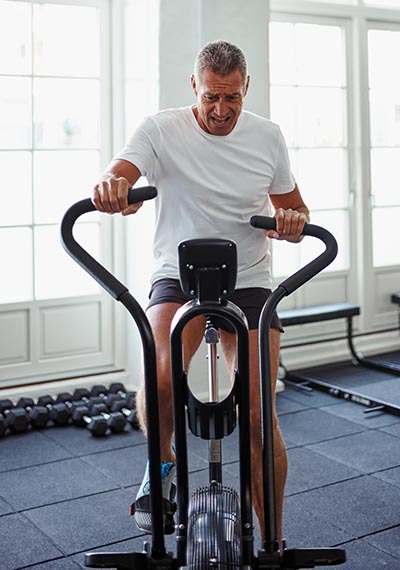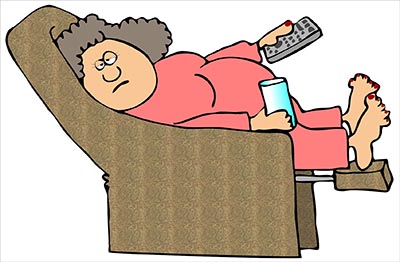Quick Studies: a snapshot of the latest research

Mikhail Malyugin - fotolia.com.
Go Greens

Green leafy vegetables may keep you sharp as you age.
Researchers tracked 960 people aged 58 to 99 for an average of five years. Those who reported eating the most leafy greens (typically 1 1/3 servings a day) did better on cognitive tests than those who ate the least (typically three servings a month). One serving was a cup of salad greens or a half cup of cooked spinach, kale, collards, etc.
What to do: It’s worth loading up on leafy greens, even though a single study of this kind can’t prove cause and effect.
(The researchers took education, smoking, exercise, cognitive activities, alcohol, depression, and other factors into account, but something else about people who eat—or don’t eat—greens may explain the results.)
Nevertheless, leafy greens are packed with vitamins, minerals, and lutein and other phytochemicals that may protect your health. And they’re delish.
Neurology 2018. doi:10.1212/WNL.0000000000004815.
Brain Training?

Young or old, intense exercise may help keep your brain in good working order.
Researchers assigned 27 sedentary people to high-intensity interval training (HIIT) or a sedentary control group. Roughly half were age 18 to 30 and half were age 65 to 80.
For three days a week, the HIIT group rode a stationary bike for four four-minute intervals at high intensity (90 percent of their peak aerobic capacity), separated by three-minute rest periods. On two other days each week, they walked on a treadmill for 45 minutes (at 70 percent of their peak).
After 12 weeks, glucose uptake in the brain increased more in the HIIT group. (Glucose is the brain’s primary fuel.) The increase occurred in brain regions where uptake declines in people with Alzheimer’s disease. (Of course, it’s not clear that a boost in uptake would prevent Alzheimer’s.)
What to do: Get moving. Although this study tested HIIT, any exercise may help. And try bumping up your effort for a minute or two as you walk, bike, or whatever. That should make your muscles, if not your mind, more fit.
J. Clin. Endocrinol. Metab. 103: 221, 2018.
Beyond Arm’s Length

Want to snack less? Keep them out of reach.
Researchers randomly assigned 246 adults to sit at a large coffee table with a glass bowl of M&M’s either 8 inches or 2 1/3 feet away during a 10-minute “relaxation break” between two cognitive tests.
Roughly 70 percent of those near the bowl—but only 58 percent of those farther from the bowl—took some M&M’s.
What to do: When it comes to unhealthy snacks, distance is your friend.
Sitting & Belly Fat

The time you spend in a chair, on the sofa, or in a car may affect the size of your belly.
Scientists did MRI scans of 124 people at risk for type 2 diabetes. Each wore an accelerometer for a week.
Among those who were inactive (they averaged 13 minutes a day of at least moderate-intensity exercise), each hour of sedentary time per day was linked to an extra 1.9 quarts of abdominal fat. Sedentary time wasn’t linked to belly fat in people who were active (they averaged 40 minutes a day).
What to do: Although this type of study, on its own, can’t prove that sitting on the couch boosts belly fat, it’s one more reason to get out of your seat.
Photos: fotolia.com: © Mikhail Malyugin (salad), © UBER IMAGES (man), ©kudosstudio (hands), © vadarshop (M&M’s). Illustration: © Dennis Cox/fotolia.com.

